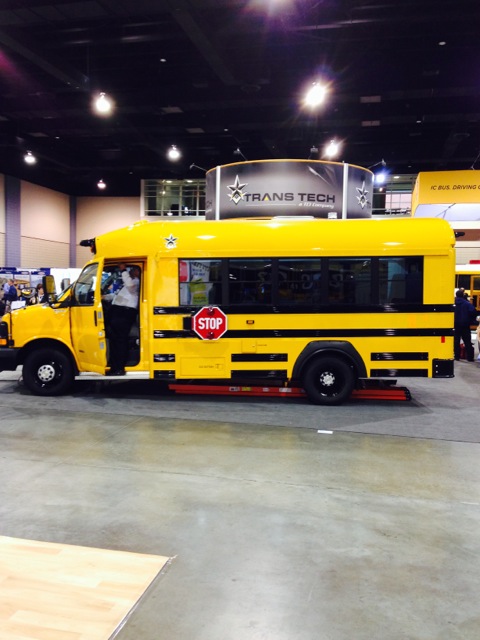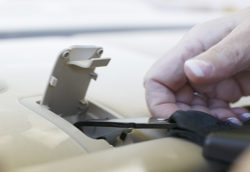As readers know, I am not a doctor. Occasionally, though, as CPSTs we must consider certain medical conditions that influence the safety or children as vehicle passengers. Fortunately, there’s no need for CPSTs to hold a medical degree; simply follow the advice of doctors regarding the relevant symptoms of a diagnosis and how they might influence a child’s safety (either in a crash or during normal riding). To guide us, we are fortunate to have peer-reviewed scientific studies and policy statements from the medical community.
Read More from “Debate in the NICU Continues: What’s a CPST to Think When Doctors Disagree?”




